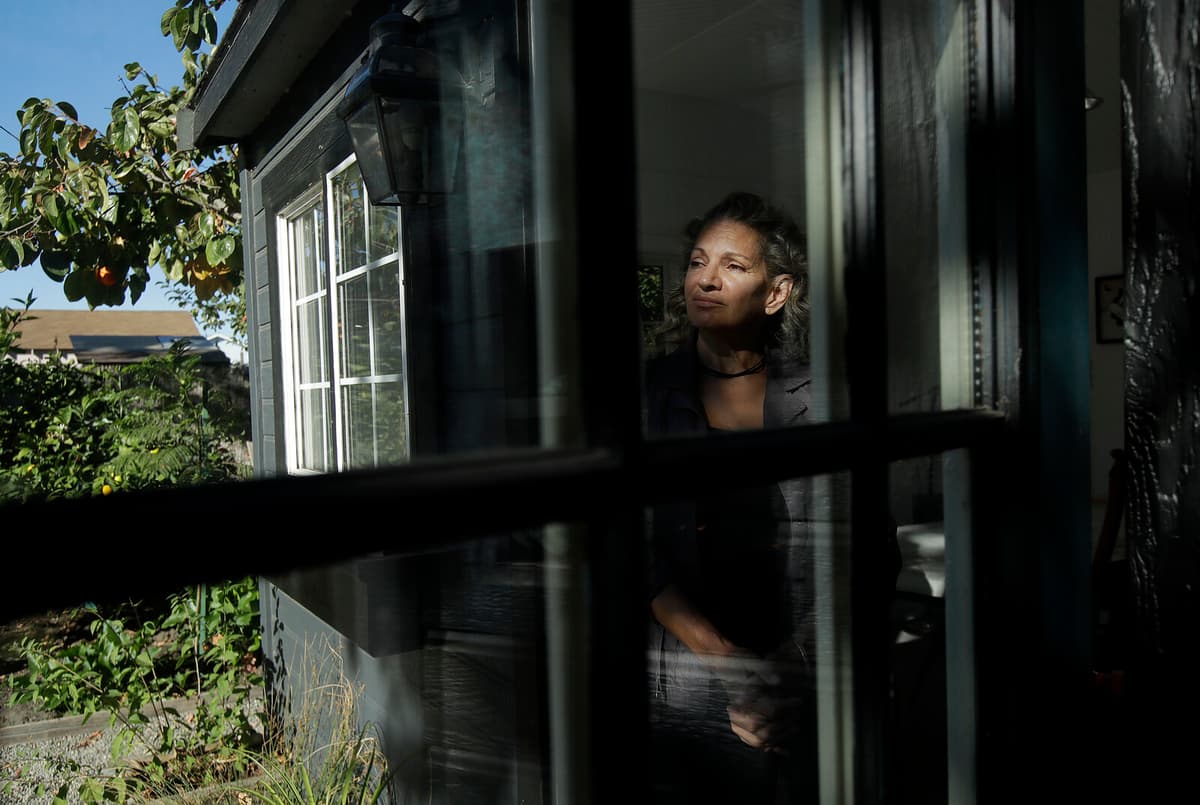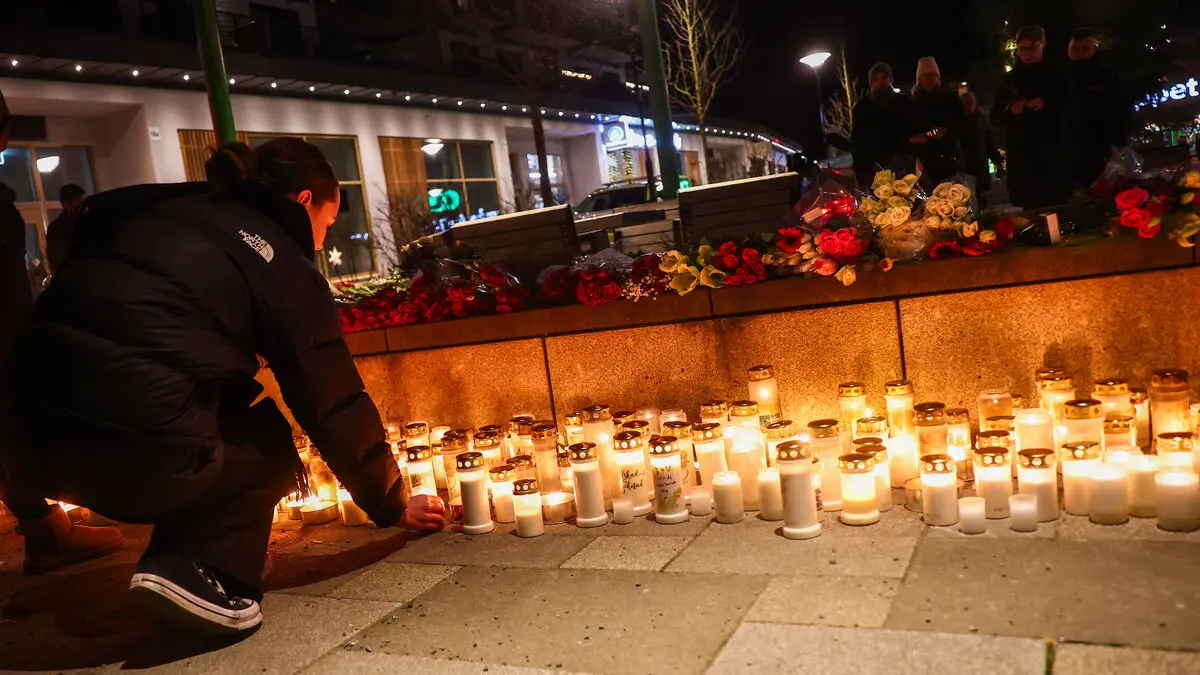The images that were cabled out from Guyana's jungle in November 1978 shocked the world. Lifeless bodies lay in heaps on the grass, higgledy-piggledy, as if they had fallen from the sky.
Those who followed sect leader Jim Jones from the USA to Guyana had been promised a tropical socialist paradise free from the world's evil. Instead, they met death in a glass of grape juice spiked with cyanide and sedatives. Even today, it is unclear how many of the victims took their own lives and how many were forced to drink the poison – or were shot or injected to death.
Now, the South American country wants to attract tourists to the site. The proposal is reopening wounds.
Hoping for context
Jordan Vilchez, who became a member of the Christian sect People's Temple at the age of 14, has mixed feelings. Guyana's government has the right to profit from Jonestown, she tells AP.
On the other hand, I feel that all places where people were lured to their deaths should be treated with respect.
Vilchez escaped death by a day: she was in Guyana's capital the day Jim Jones ordered his followers to drink the poisonous cocktail. Her two sisters and two nephews died.
The 67-year-old hopes that potential visitors will be provided with context about the disaster, so that they understand why people sought out Jonestown in hopes of a better life.
For Neville Bissember, professor of law at the University of Guyana, the project is the wrong way to attract tourists to the country. In an open letter, he calls the idea "macabre and bizarre".
"Morbid curiosity"
"What part of Guyana's nature and culture is represented on a site where death through collective suicide and other abuses and violations were perpetrated against a submissive group of American citizens, who had nothing to do with Guyana or the Guyanese?", he writes.
During the tour, visitors will be taken by ferry to the remote village of Port Kaituma in northern Guyana's jungle. From there, it is a short mile via overgrown dirt roads to abandoned Jonestown.
The country's tourism minister, Oneidge Walrond, supports the proposal, she tells AP – and compares it to tourism in Rwanda after the 1994 genocide.
Fielding McGehee of the non-profit organization The Jonestown Institute is not convinced. Bringing in tourists does not help anyone understand what happened in Jonestown, he tells AP:
This is about a morbid curiosity for tragedy.
Several extremist religious groups have committed collective suicide over the years. Often, it has rather been a case of mass murder, where the victims acted under coercion and manipulation, and the sect leaders in many cases killed those who did not want to take their own lives. Here are some examples:
Jonestown, Guyana, 1978: Over 900 people in the People's Temple sect, including leader Jim Jones, die in their jungle retreat, mainly cyanide-poisoned. Nearly a third of the victims are children.
Waco, USA, 1993: 76 people die when the Davidian sect, led by David Koresh, sets fire to their ranch after being besieged by the FBI for two months.
Switzerland/Canada, 1994: Murder and mass suicide using poison, firearms, and arson kill around 100 members of the Solar Temple.
San Diego, USA, 1997: 39 members of the UFO sect Heaven's Gate commit suicide using alcohol and sleeping pills, simultaneously with the passage of Comet Hale-Bopp.
Kanungu, Uganda, 2000: A group called the Movement for the Restoration of the Ten Commandments burns themselves to death in their church. Over 300 members die, after which even more dead bodies are found murdered in mass graves in the area.
Shakahola, Kenya, 2023: 110 dead bodies are found in the Shakahola forest near Malindi, Kenya. Survivors claim they were forced to starve themselves on the orders of sect leader Paul Nthenge Mackenzie. Another 300 bodies are found later. Mackenzie is put on trial for murder, manslaughter, and torture in a trial that is still ongoing.





